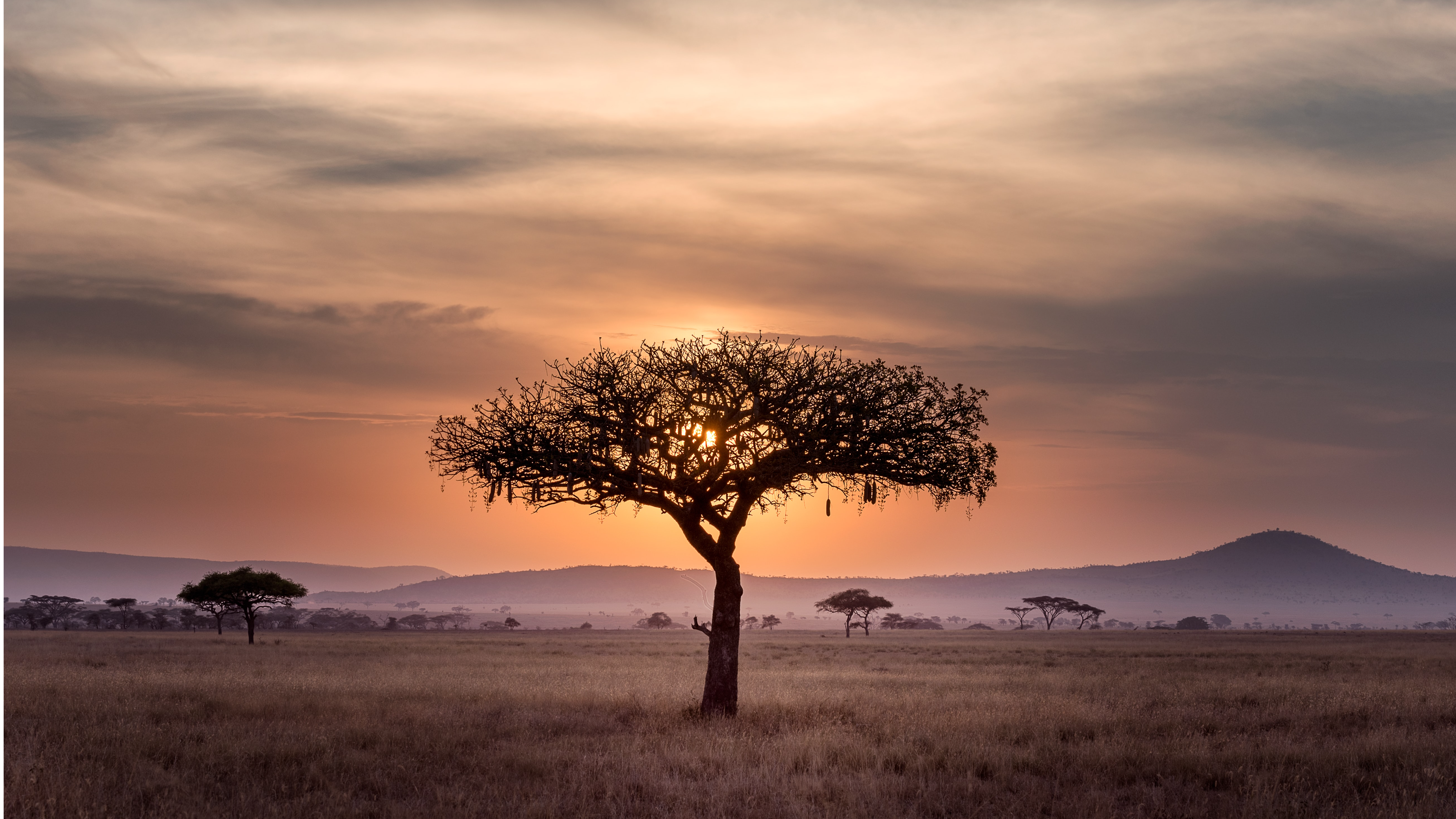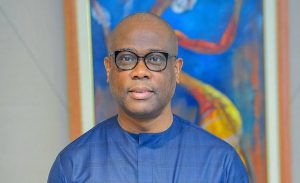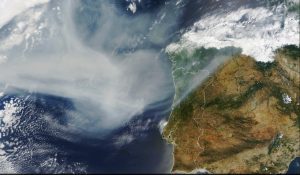Despite its large size, Sub-Saharan Africa continues to be inadequately represented on UNESCO’s world heritage list. For the new head of the world heritage centre, addressing this imbalance and giving Africa’s its fair due would be one of the topmost priorities of his tenure.
Lazare Eloundou Assomo, the first African in this position, told The Guardian, “What we think has room for improvement is that, when you look at the list, you still, 50 years after (the signing of the world heritage convention), see that there are some regions of the world that are not equally represented in the list as compared to others. This is something that we, together with the (UNESCO) member states and other state parties, have … to address.”
Also Read | In pics: Team India warms up to take on South Africa in Test series
He highlighted the unequal representation of small island countries on the list, and how it had disproportionally affected their tourism, income, and wealth historically. UNESCO’s cultural and financial clout, as well as mobilising abilities, could help rectify the damages, he believes.
“The training and capacity-building of heritage experts is an area where we will have to put more emphasis (on) in the future to help address this imbalance,” Assomo said.
Also Read | Kolkata’s Durga Puja added to UNESCO’s ‘Cultural Heritage’ list
Assomo had led the reconstruction of the Timbuktu mausoleums after they were destroyed in 2012. He assumed office at the world heritage centre at the beginning of this month.
Speaking to The Guardian, he also threw light on how the climate crisis could have a severe impact on Africa, making it even more important to mobilise efforts for the existing world heritage sites from the region.
“If we don’t do something about the effect of climate change, about the natural disasters (that) continue multiplying … If we don’t do something about the growing (number of) forest fires; if we don’t do something about hurricanes … these sites are going to disappear.”
Africa’s 98 world heritage sites are minuscule in comparison to the sites from Europe, North America and Asia – despite the continent’s large size and biodiversity.
“Our responsibility is to work with countries to ensure that we maintain them and we preserve them and we pass them on to the next generation. So for me, it’s an urgent matter,” said Assomo.







